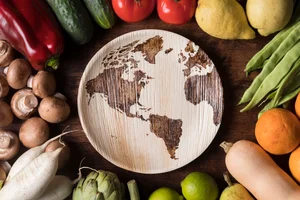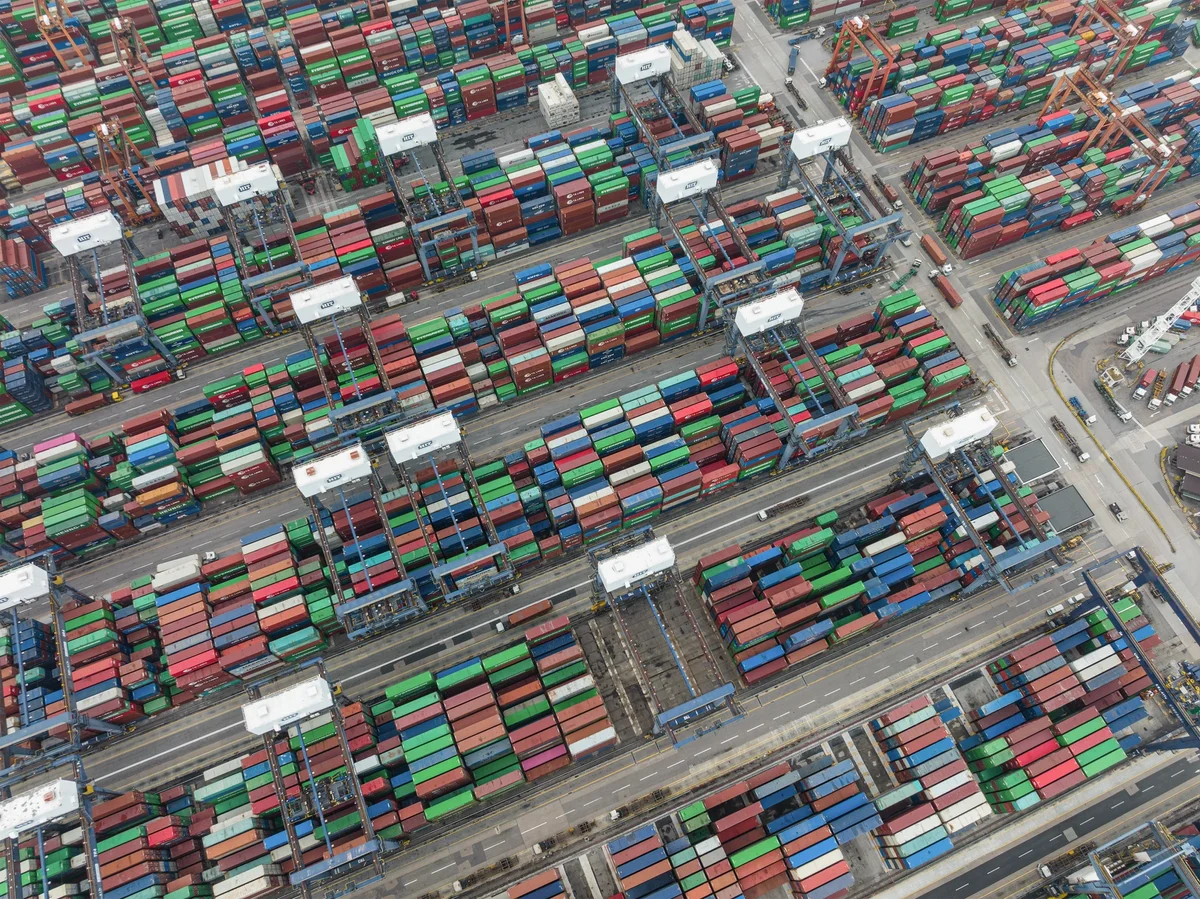
Commodity Code Classification
Import with the correct commodity code classification
All goods have a commodity code that is used for customs processing and the unique commodity code determines customs duties, taxes and other fees, and also import statistics. This commodity code is used when importing your goods and has different classifications depending on the goods. Classification means that you determine the correct commodity code for your goods according to the common list that all EU countries use. The list is called the customs tariff, TARIC (Integrated Tariff of the European Communities) and can be found at the Swedish Customs.
It is important that you use the correct commodity code classification
- So you pay the correct customs duties and other taxes
- Complies with import and export regulations
- Contributes to accurate trade statistics
Other Services

Import Declarations
Import means that you bring a product into the European Union, EU, from a country outside the EU. In order to use or resell your product, you must clear it for customs, and we will help you with that.

Export Declarations
Exporting means sending a product to a country outside the EU. This can be in connection with a sale, but gifts and other shipments can also be considered exports.

Transit
When you as a company are going to transport goods that have not been cleared through one or more countries, transit is needed.

Traces NT
An import notification in Traces NT, the Swedish Board of Agriculture and the Swedish National Food Administration's system, may be required for some products when you import.

Courses
We offer various customs training courses for those who want to expand their knowledge in different areas of customs handling.

Consultation
When you as a company need expertise or are facing complex challenges regarding customs handling, we can train you.

Certificate of Origin
For trade with certain countries in the world, the customs cost may be lower if you send with a certificate of origin, EUR1.
